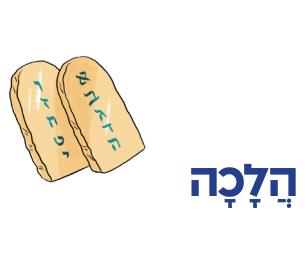Illustration Credit: Elad Lifshitz, Dov Abramson Studio

Halakhah הֲלָכָה
If a pot is used to cook non-kosher food, then the pot may not be kosher anymore. But can you make it kosher again?
Our parashah can help answer this question. After Benei Yisrael’s war with Midian, they capture a bunch of stuff. Elazar the כֹּהֵן (kohen, priest) gives instructions for how to make this stuff kosher. Objects that get used with fire should be passed through fire, and objects that are not used with fire should be dipped in water (Bemidbar 31:23).
Based on this, the Mishnah explains that the way to make something kosher is connected to the way it is used (Avodah Zarah 5:12).
In halakhic language, objects become unkosher through בְּלִיעָה (beli’ah, absorption of a flavor of non-kosher food), and they can become kosher again through פְּלִיטָה (pelitah, release of that flavor). The Gemara (Pesahim 30b) gives a general rule: כְּבוֹלְעוֹ כָּךְ פּוֹלְטוֹ (ke-vol’o kakh polto), which means that the method for pelitah of an object depends on the way beli’ah happened in the first place. There are two basic strategies (Avodah Zarah 75b-76b):
Both of these methods can be dangerous. So kids, don’t try this at home!

-------------------
-------------------





